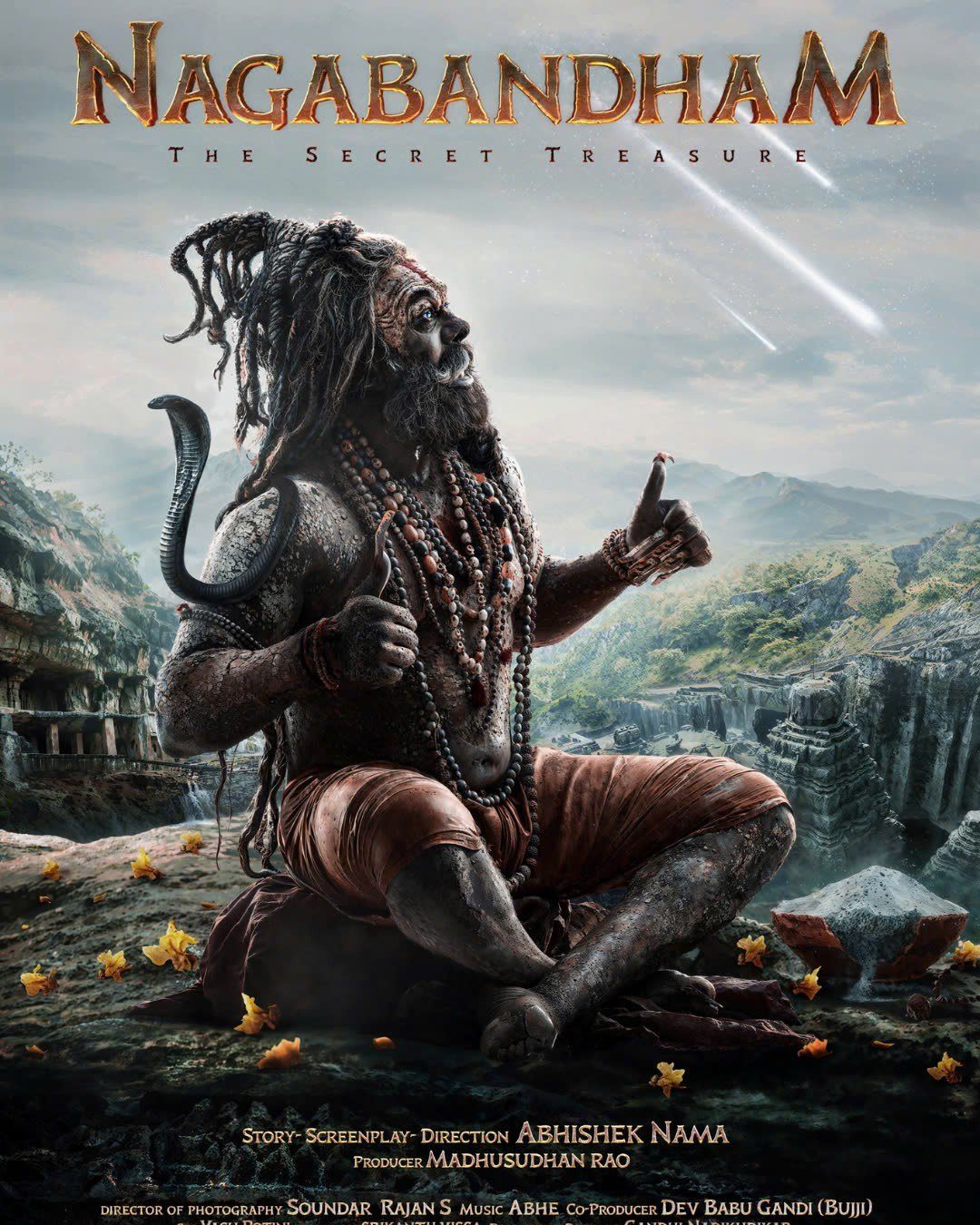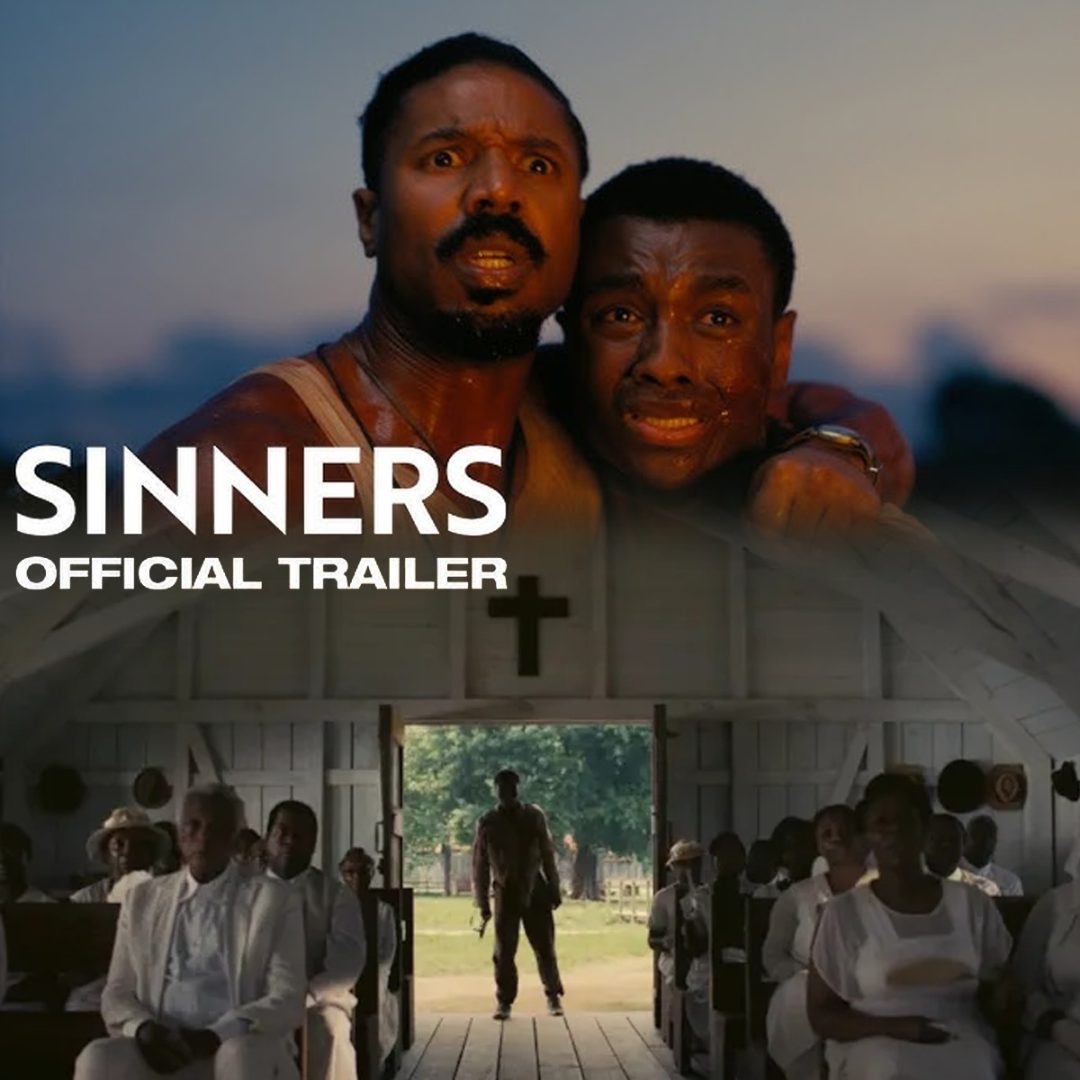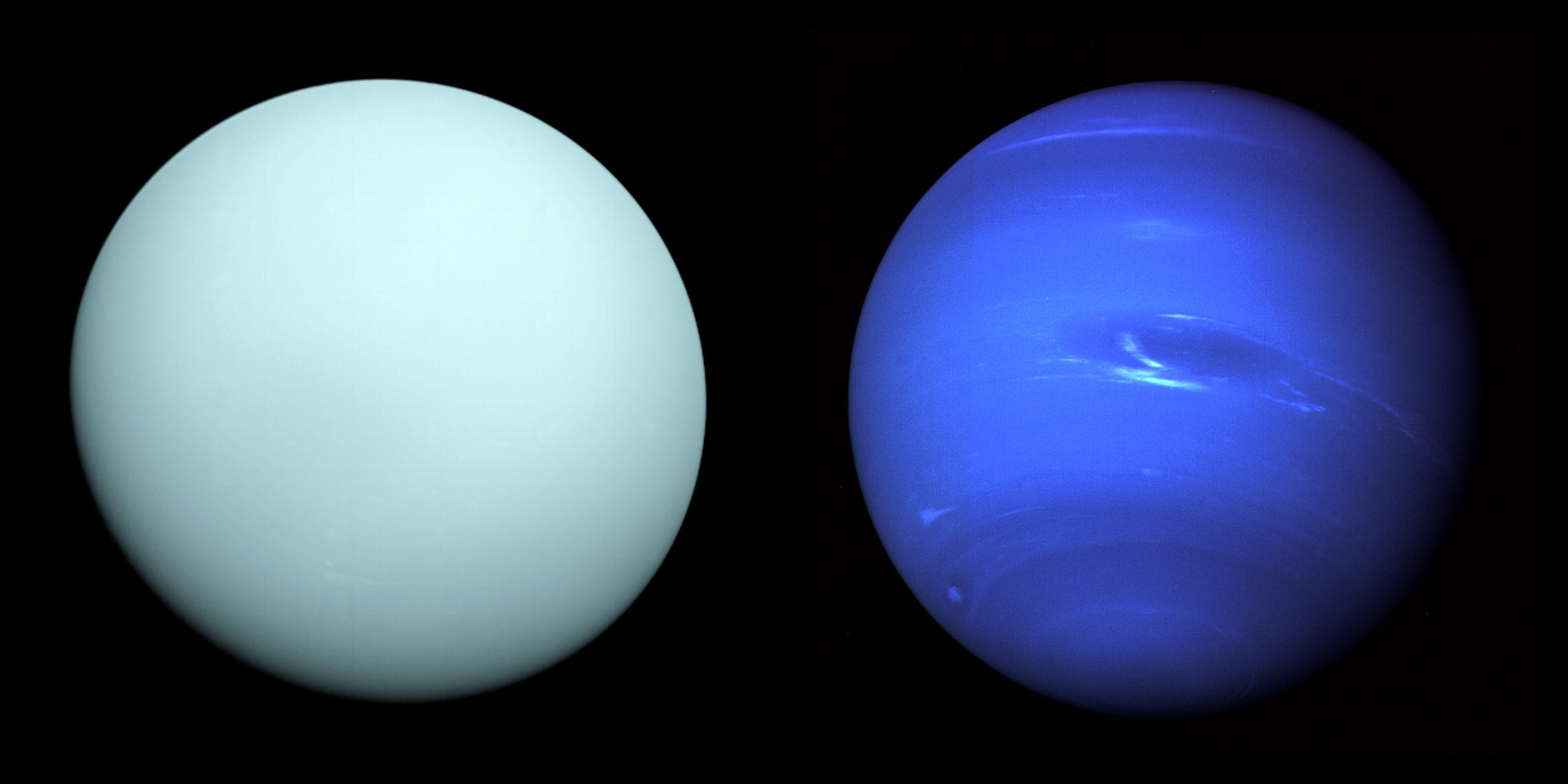
Uranus (left) and Neptune are our solar system’s most distant planets. Credit: NASA/JPL-Caltech; NASA
The New Horizons spacecraft is perhaps most famous for revealing the icy world Pluto in 2015, flying by the distant dwarf planet and sending back stunning imagery of a dynamic world. But the spacecraft’s mission was far from over. This week, New Horizons and the Hubble Space Telescope are teaming up to observe Uranus and Neptune, the two least-visited worlds in our solar system. And NASA wants your help with the task: The agency is asking amateur astronomers to submit their own observations of these planets this week and next week to help with this historic undertaking to better understand the distant worlds.
Uranus and Neptune have been visited — briefly — by spacecraft only once, when Voyager 2 flew past Uranus in January 1986 and Neptune in August 1989. Since then, our observations of the worlds have been limited to ground-based and Earth-orbiting telescopes — a challenging task, given their vast distances of 1.67 billion miles (Uranus; 2.7 billion kilometers) and 2.7 billion miles (Neptune; 4.3 billion km) from Earth.
New views
New Horizons can provide something unique: a backward-looking view of the planets from its vantage point deep in the Kuiper Belt beyond Neptune, where Pluto and many other icy worlds reside. So, while Hubble will be looking at the planets’ illuminated sides as the they appear with Earth between them and the Sun, New Horizons will snap photos of their dark “backsides” with the Sun in the distance, as the planets sit between our star and the spacecraft. The geometry works out so well because Neptune reaches opposition today (Sept. 19), while Uranus is close, reaching opposition in two months, on Nov. 13.
In a press release, NASA highlights the need for amateur observations, which can track characteristics such as bright features in the ice giants’ atmospheres. With New Horizons and Hubble concentrating on seeing the finest details possible, the more global views provided by amateur scopes remain vital to painting a complete picture of the planets. Additionally, observing time with New Horizons and Hubble is extremely limited. Amateurs can continue recording data long after the two spacecraft, further improving our understanding of current conditions.
How to contribute
So, what does the team need from amateur observers? If you’ve got a good-sized scope and photography capabilities, NASA is asking you to post your images of Uranus and Neptune taken this week and next week online, either on X (formerly known as Twitter) or Facebook, and use the hashtag #NHIceGiants. Make sure to include information such as the date, time, and filter bandpass used to take each image.
Alternatively, those who don’t use social media can submit their images here. Similarly, make sure to include date, time, and bandpass details for each image, either in the filename or as a “readme” file in either text or Excel format.
Where and when to view the ice giants
Uranus and Neptune are currently visible most of the night, with the former rising and setting later than the latter.
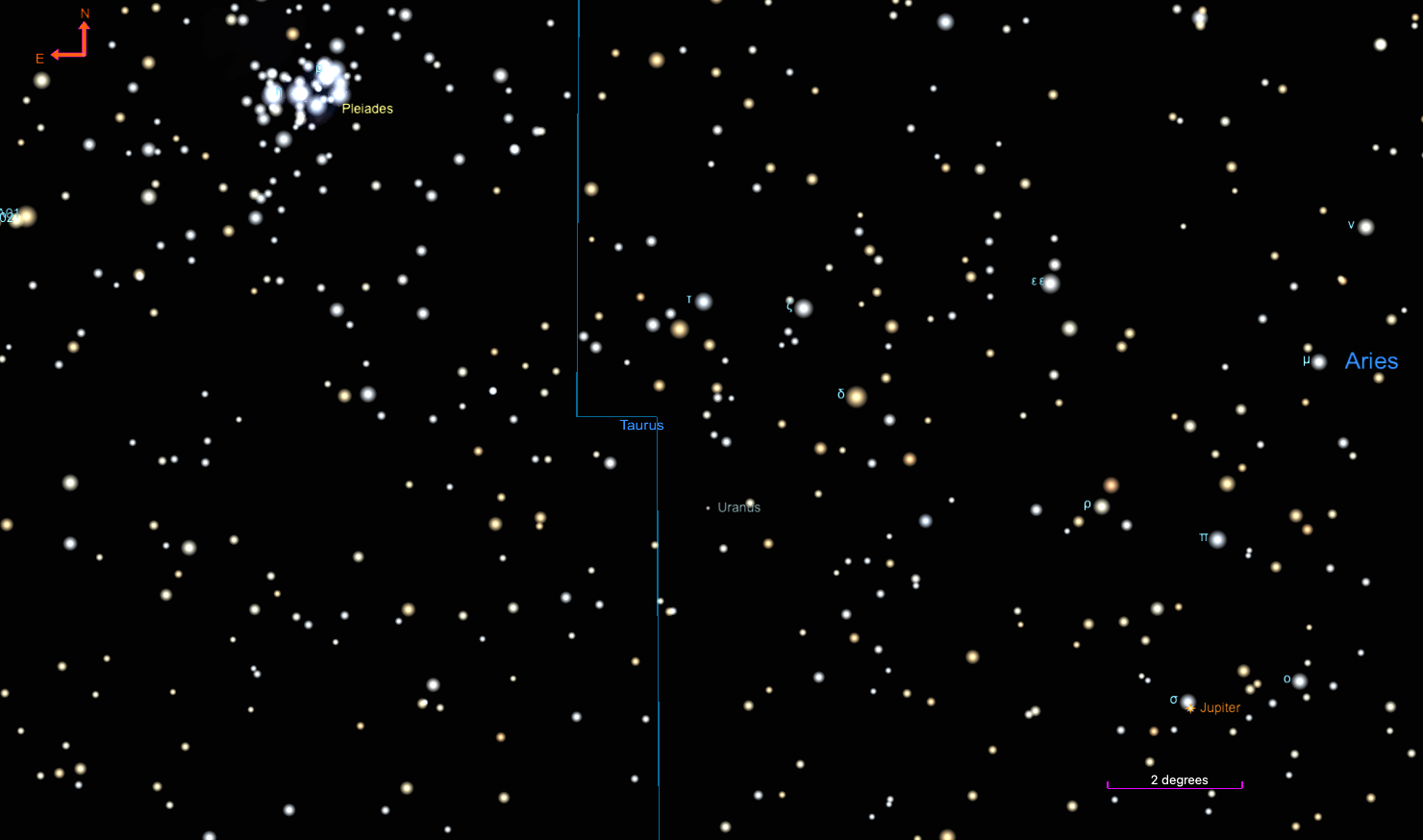
Uranus lies in Aries, between Jupiter and the Pleiades. Credit: Alison Klesman (via TheSkyX)
Let’s start with Uranus, now glowing at magnitude 5.7 in the constellation Aries. Rising around 9 P.M. local daylight time, you’ll want to give it a few hours to climb higher above the horizon. Around local midnight, Uranus stands some 30° high. You can use two brighter objects — Jupiter to its west and the Pleiades (M45) to its east — to locate it. Uranus sits just south of a point roughly halfway between these targets, some 7.8° east of Jupiter (also in Aries) and 8.5° west-southwest of the Pleiades (in Taurus). Its tiny, blue-gray disk appears just 4″ across. You can follow Uranus all night long and into the predawn hours, as it sets well after sunrise.
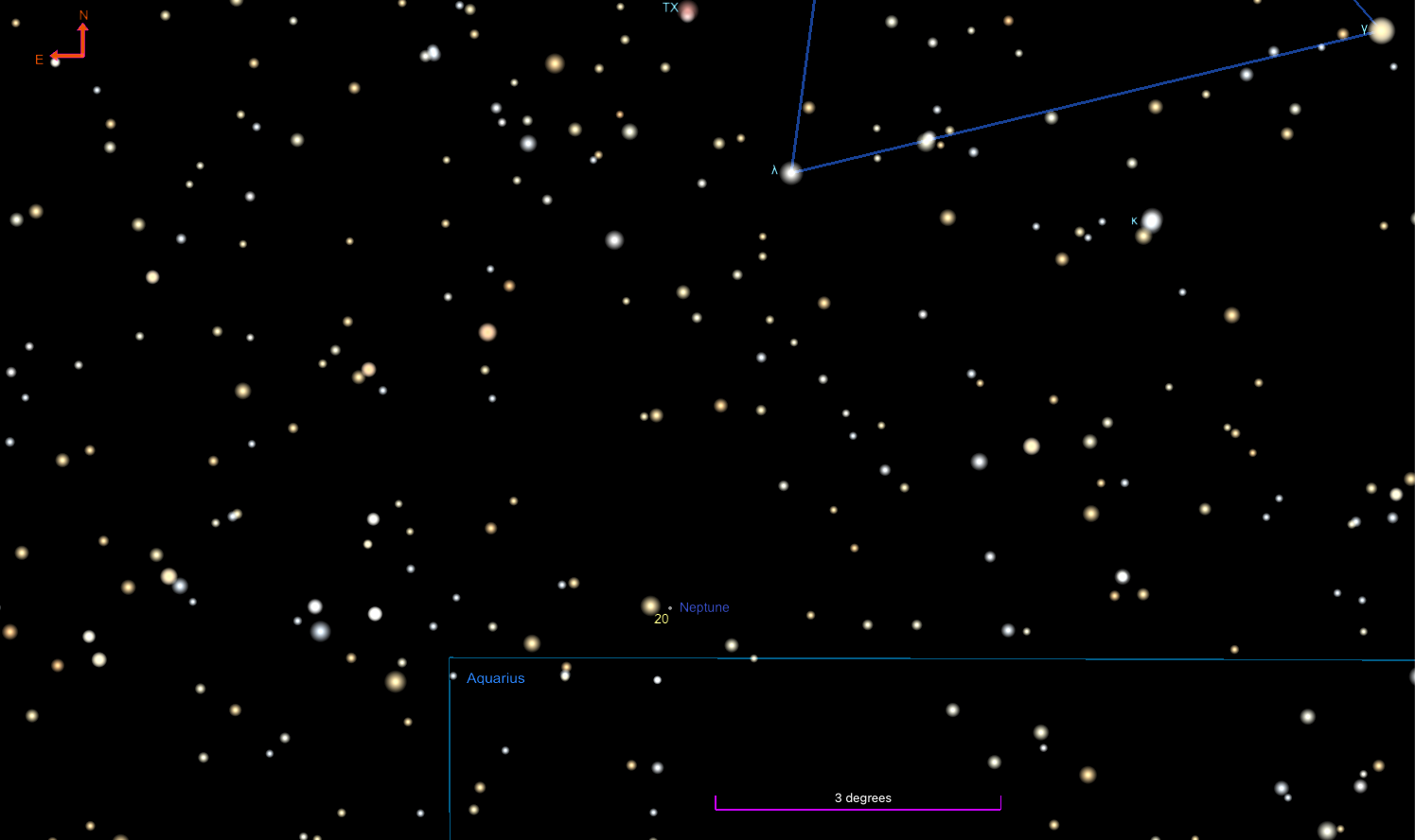
You’ll find Neptune in Pisces, near the star 20 Piscium. Credit: Alison Klesman (via TheSkyX)
Neptune, meanwhile, rises around sunset and sets at sunrise because it’s at opposition. You can start observing it before Uranus but again, consider waiting a few hours after sunset so it can climb up out of the thicker, more turbulent air near the horizon. At magnitude 7.7, Neptune can’t be seen with the naked eye under any conditions. You’ll find it in southwestern Pisces, beneath the Circlet asterism and some 4.7° south-southeast of magnitude 4.5 Lambda (λ) Piscium. It also currently lies about ¼° west of magnitude 5.5 20 Piscium and is traveling slowly southwestward over the next week. The planet’s bluish disk is even smaller, thanks to its greater distance, and appears 2″ wide.
Observing the solar system’s most distant planets is challenging but a worthy endeavor to undertake. You can find additional details on viewing these planets this month either on our Sky This Month page or on the New Horizons’ team’s page. The latter page also has details about the New Horizons and Hubble observations of each planet.



